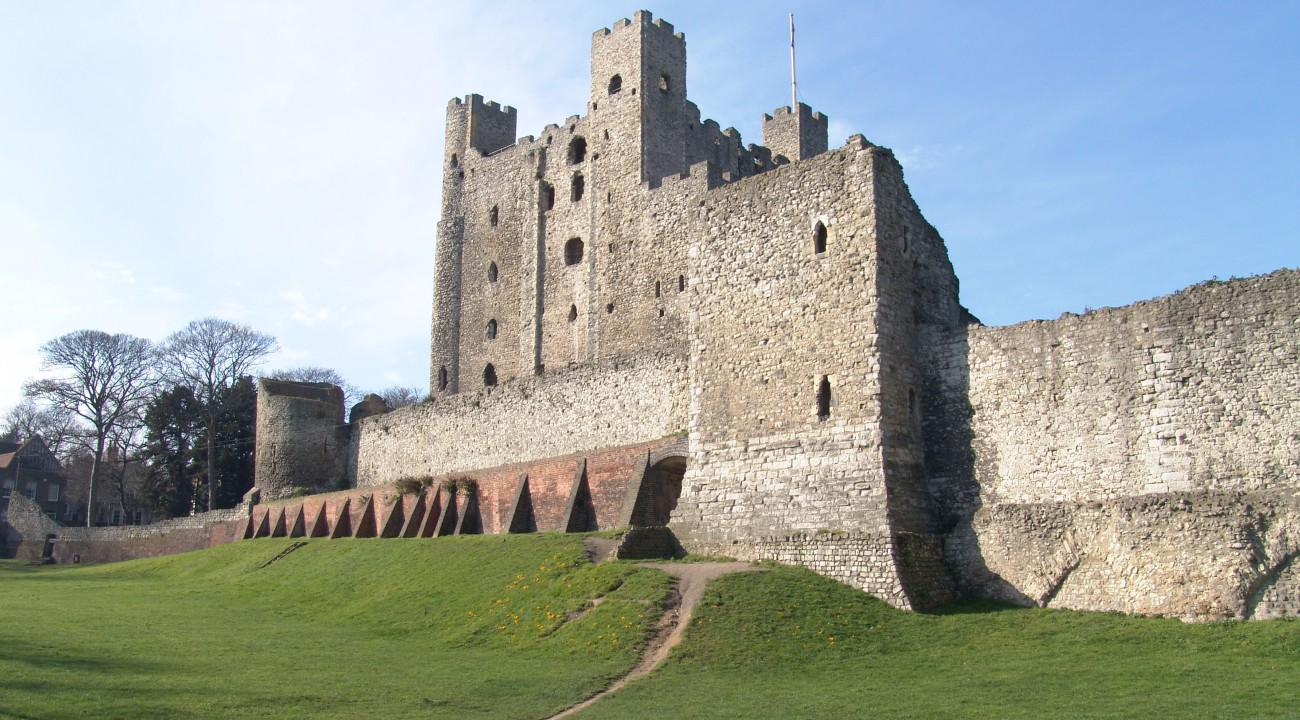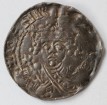Rochester Castle is one of the best-preserved and finest examples of Norman architecture in England. Its great keep, square, massive and one of the tallest in the country, measures 113 feet high, 70 feet square and has walls 12 feet thick in places.
It was on or close to the present castle site that the Romans built their first fort to guard the bridge carrying their legions over the river on their way from Dover to London along the Roman Watling Street and beyond. This point at Rochester was the lowest crossing point on the River Medway. Centuries later, in 1087, Bishop Gundulf – one of William the Conqueror’s finest architects – began the construction of today’s castle, making use of what remained of the original Roman city walls. The great keep was built by William de Corbeil, Archbishop of Canterbury, to whom Henry I granted custody of the castle in 1127.
The castle has had a chequered history, having been subjected to siege three times - in1088, 1215 and 1264.
A model has been installed in the castle’s chapel showing how the castle would have looked in the 14th century.












 Email a friend
Email a friend  Print this page
Print this page 

